Once upon a time, these majestic properties defined the height of sophistication and glamour. From the Catskill Mountains to tropical islands, these resorts welcomed celebrities, dignitaries, and wealthy vacationers who sought the ultimate escape from ordinary life. Today, they stand as haunting monuments to a bygone era of travel luxury, each telling a story of rise, fall, and abandonment that captivates urban explorers and historians alike.
The Sheraton Resort Rarotonga, Cook Islands

Nearly half a century ago, this remote island was barely on the travel map, prompting local leaders to partner with an Italian company to create the area’s premier luxury resort, but when approximately 80% of the development was complete, rumors swirled about mafia backing and money laundering ties. Everything came to an abrupt stop in 1993, leaving the community burdened with roughly $120 million in debt. The nearly complete complex has spent over three decades sitting in decay, though as of 2023, serious talks of refurbishing the abandoned resort have been brought to the table, with prospects of accepting guests for the very first time. The property’s cursed reputation has only grown stronger over the years, with locals claiming the grounds are haunted by an ancient battle over land possession.
Grossinger’s Catskill Resort Hotel, New York
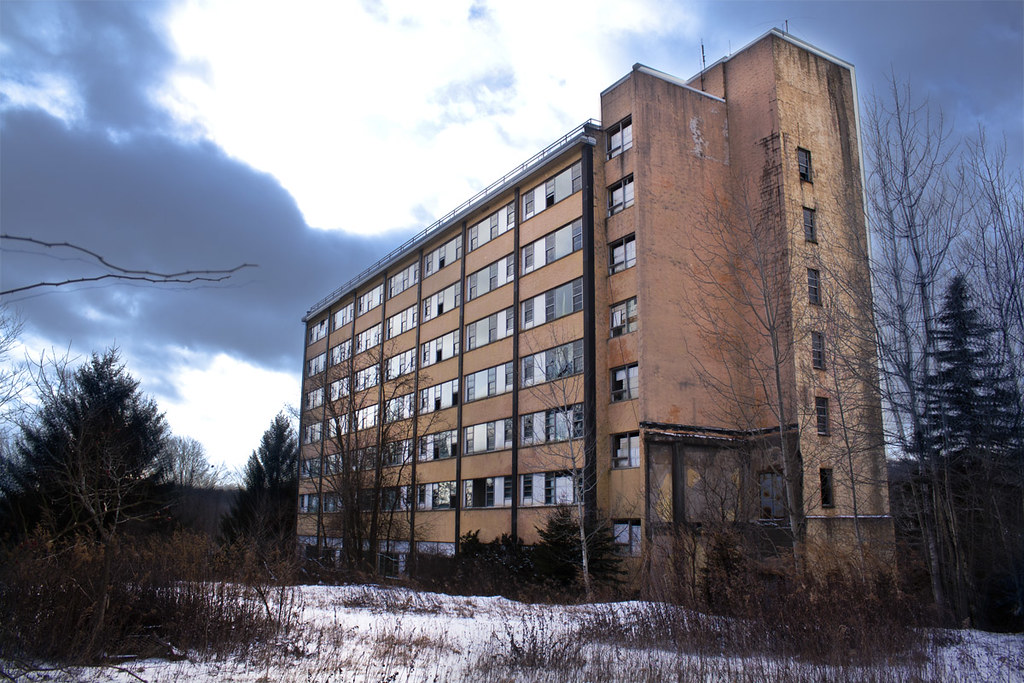
A kosher establishment particularly popular with wealthy Jewish families, Grossinger’s built a reputation as a luxurious summer retreat for New Yorkers in the upstate Catskill Mountains, reportedly becoming one of the first ski resorts to use artificial snow in 1952, and during its heyday hosting big names like Elizabeth Taylor and Jackie Robinson. Under the direction of hostess Jennie Grossinger, the resort grew into one of the largest in the Borscht Belt with over 35 buildings, including a dining room seating 1,300 guests with the “Terrace Room” nightclub beneath it, plus its own airstrip and post office. Grossinger’s supposedly inspired the resort in the 1987 rom-com Dirty Dancing, but the hotel itself was closed and abandoned the year before the film came out, with most buildings demolished by 2018 before a few remaining structures were destroyed in a fire in 2022.
Coco Palms Resort, Hawaii
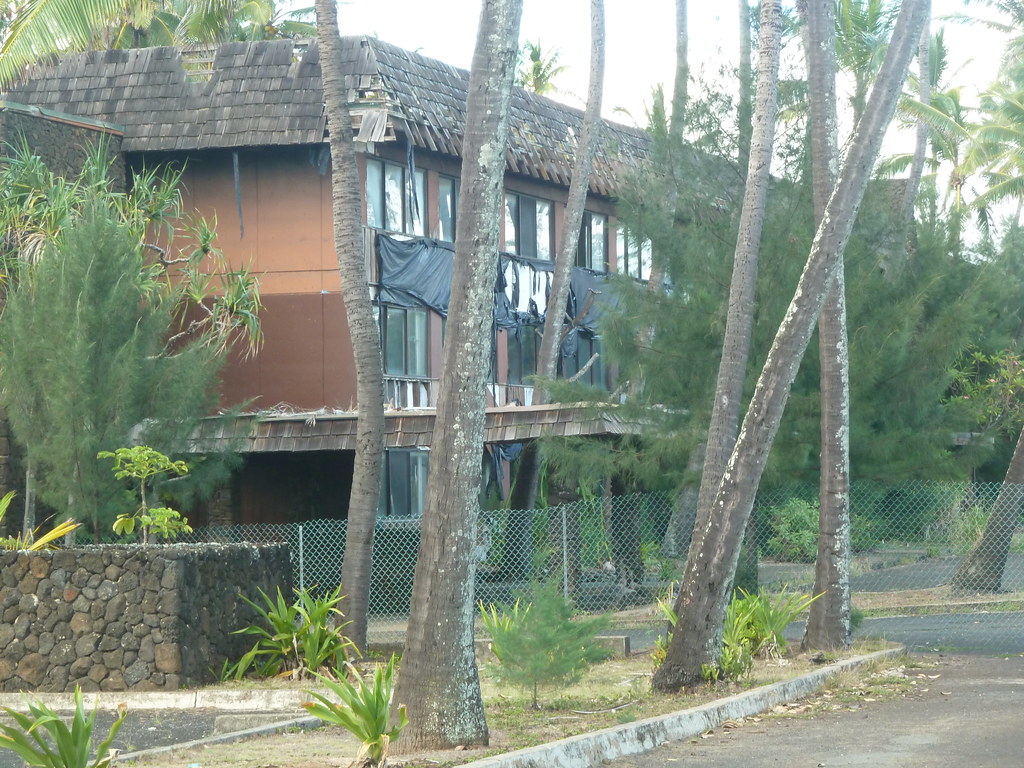
Originally opened in 1953, this resort became extremely popular after it appeared in the 1961 Elvis Presley film Blue Hawaii, but closed in 1992 after sustaining significant damage from Hurricane Iniki and lay shuttered for decades. Hurricane Iniki tore through the property completely in 1992, and some two decades later, the hotel sustained yet more damage from a devastating two-day fire, leaving it abandoned with its pool filled with stagnant water and rooms in ruins. However, current owners Reef Capital Partners have recently announced a partnership with Kimpton Hotels, and if all goes to plan it will undergo a historically sensitive restoration before reopening as Coco Palms, a Kimpton Resort sometime in 2026.
Belvedere Hotel, Croatia
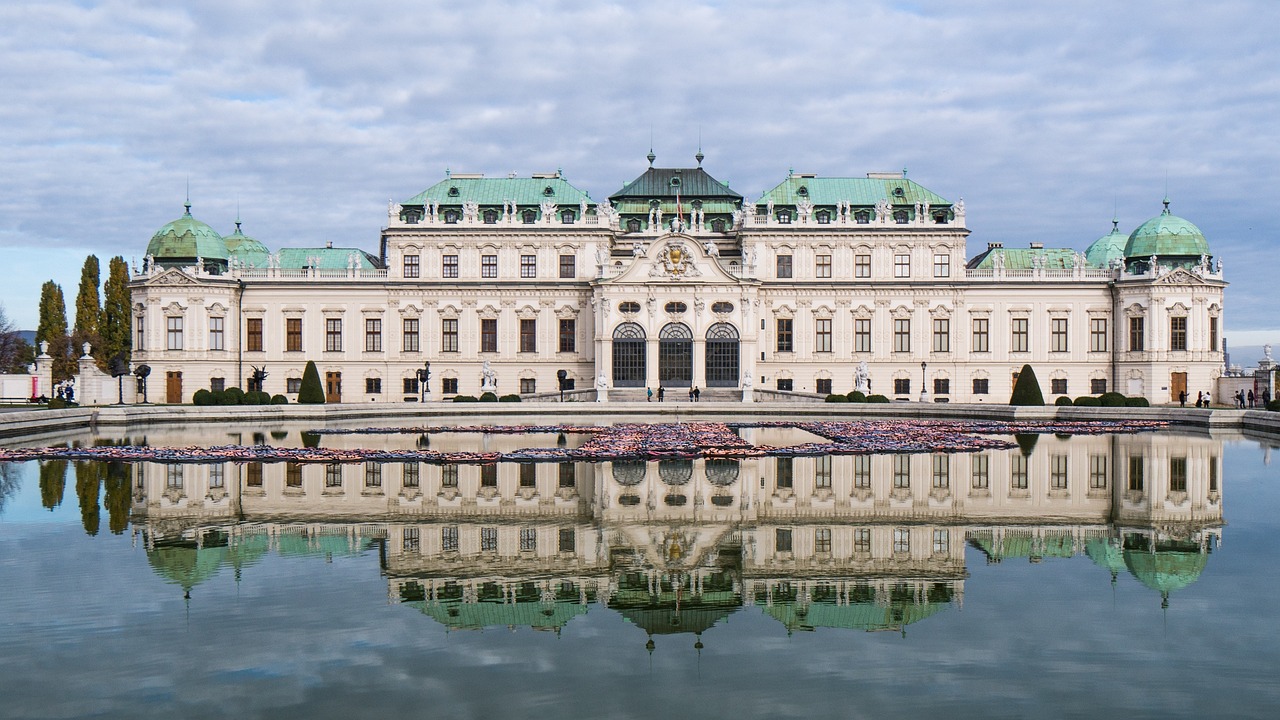
The abandoned Belvedere Hotel in Croatia began as one of the country’s most elite five-star resorts but endured a dramatic history beyond simply housing wealthy vacationers, opening during the 1980s to take advantage of Croatia’s stunning beaches along the Adriatic Sea with exquisite views and more than 200 rooms across 18 stories, complete with a helicopter pad and private boat dock to attract a very specific type of clientele. Despite grand ambitions for the Belvedere, it barely had more than a few years in business before conflict broke out with the Croatian War of Independence in 1991. The luxurious amenities that once defined this coastal paradise now stand as empty reminders of interrupted dreams and political upheaval.
Haludovo Palace, Croatia
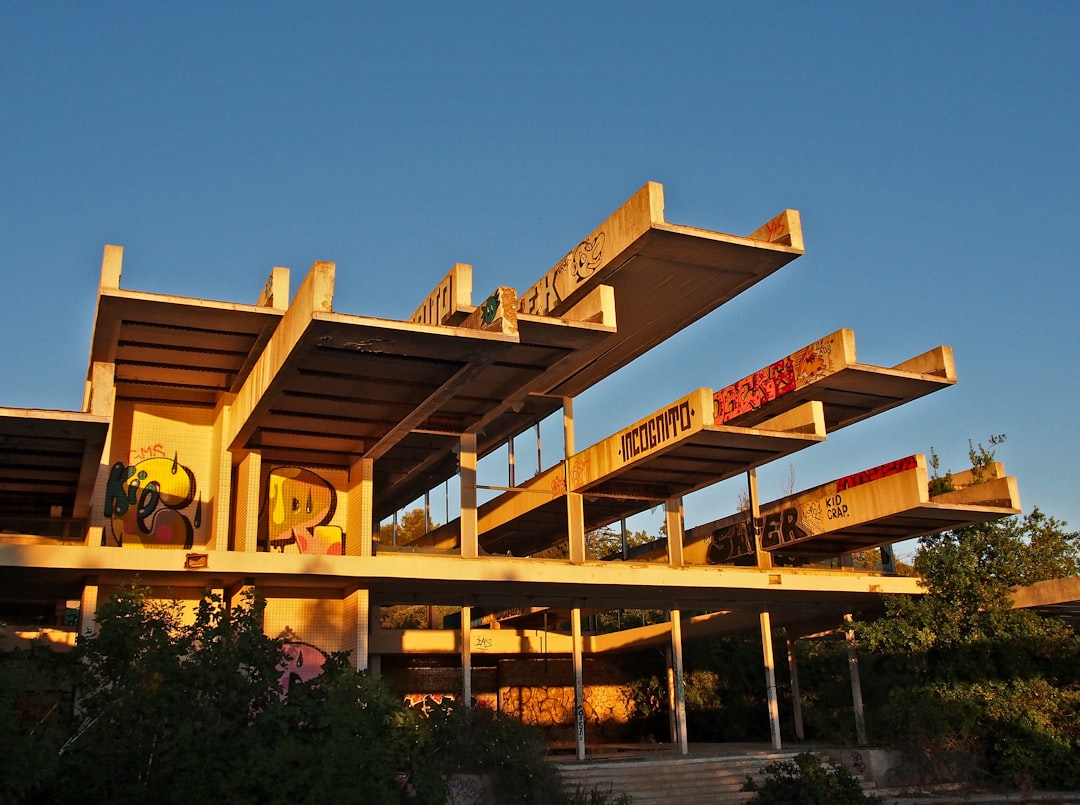
A glitzy resort built on Croatia’s Krk Island, Haludovo Palace was known for its over-the-top luxury, including lavish pools, casinos, and beach clubs that attracted tourists and elites alike, but political changes and economic troubles in the region led to its abrupt closure just a few years later, leaving the once-bustling resort abandoned with broken tiles and empty swimming pools as reminders of its brief, flashy history. The resort’s futuristic architecture now appears more like a science fiction movie set than a former luxury destination, testament to the ambitious vision that ultimately could not survive the region’s turbulent political climate.
Monte Palace Hotel, Azores
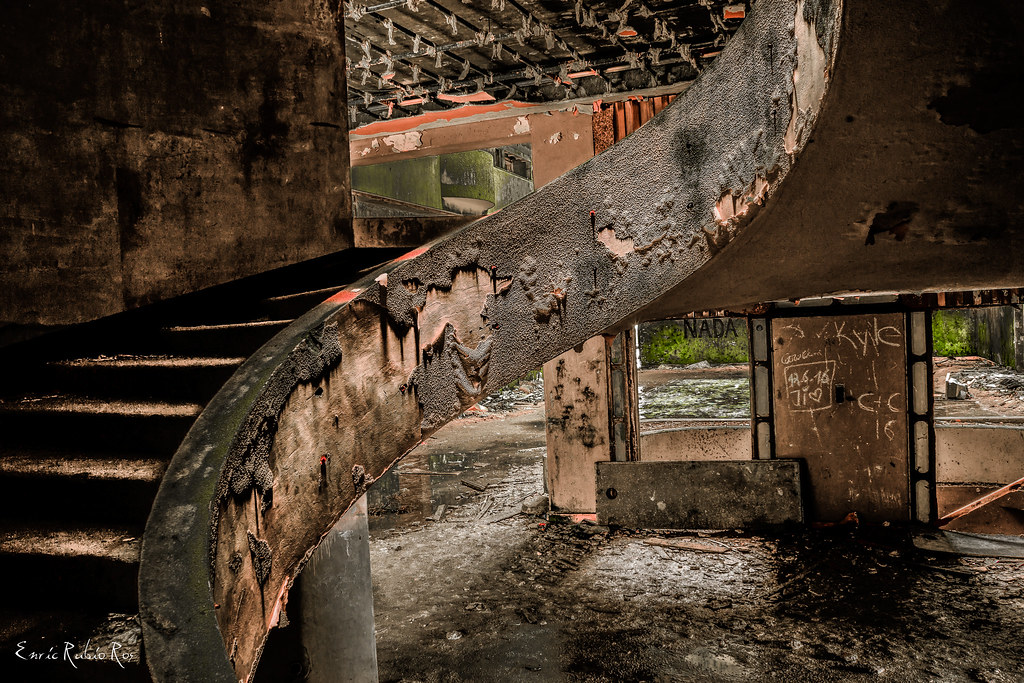
Once an iconic luxury hotel on São Miguel Island, the Monte Palace Hotel boasted views of the Sete Cidades crater lakes and opened in the 1980s promising an exclusive, five-star experience with amenities suited to elite travelers, but the remote location and financial troubles led to its closure just a few years later, leaving the building abandoned with graffiti covering its walls and nature reclaiming its grounds, though despite its decay it still draws visitors who come for the views and eerie atmosphere. The hotel’s dramatic location overlooking the volcanic crater lakes made it a photographer’s dream, yet the very isolation that made it spectacular also contributed to its commercial downfall.
Eyrie House, Massachusetts
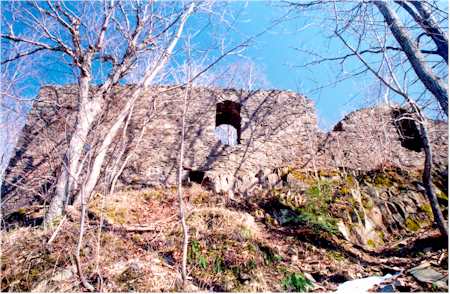
Perched atop the mountains in Mount Tom State Reservation, this resort was established back in 1861 when people were becoming more drawn to nature getaways, competing with several other mountain resorts for travelers’ attention by offering amenities including a croquet court, live concerts, roller skating facilities, and raised wooden pathways perfect for long strolls or hikes, and this strategy worked wonders for the accommodation as the resort grew steadily over the next two decades. The remnants of this 19th-century luxury retreat now offer adventurous hikers a glimpse into Victorian-era hospitality, where wealthy guests once enjoyed mountain air and sophisticated entertainment in an era before modern tourism infrastructure.
These forgotten palaces of luxury serve as powerful reminders of how quickly fortunes can change in the hospitality industry. Whether destroyed by natural disasters, political upheaval, economic downturns, or simply changing travel patterns, each of these once-magnificent resorts tells a unique story of ambition, success, and eventual decline. Their abandoned halls and crumbling facades continue to fascinate those who seek to understand the golden age of travel they once represented.
